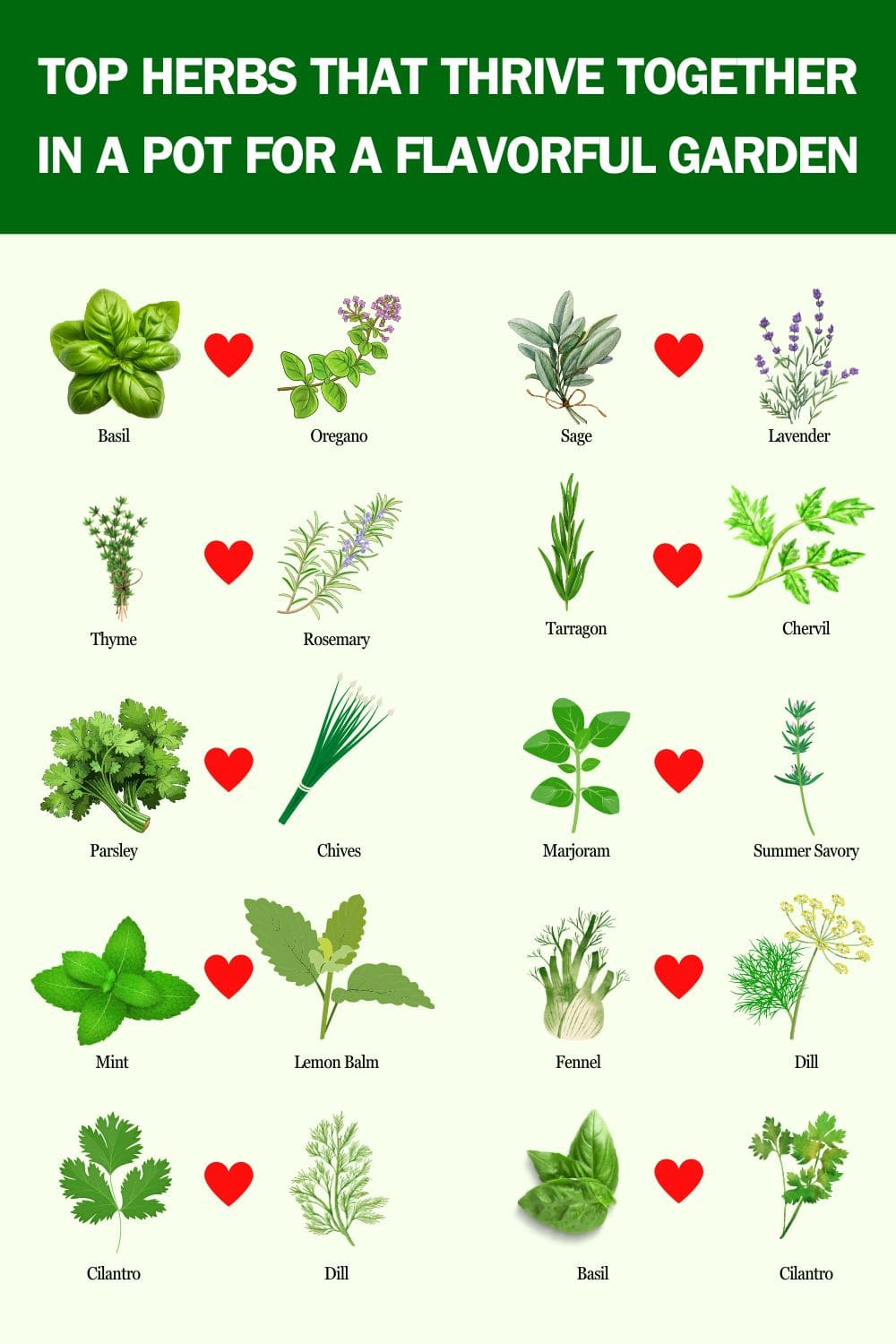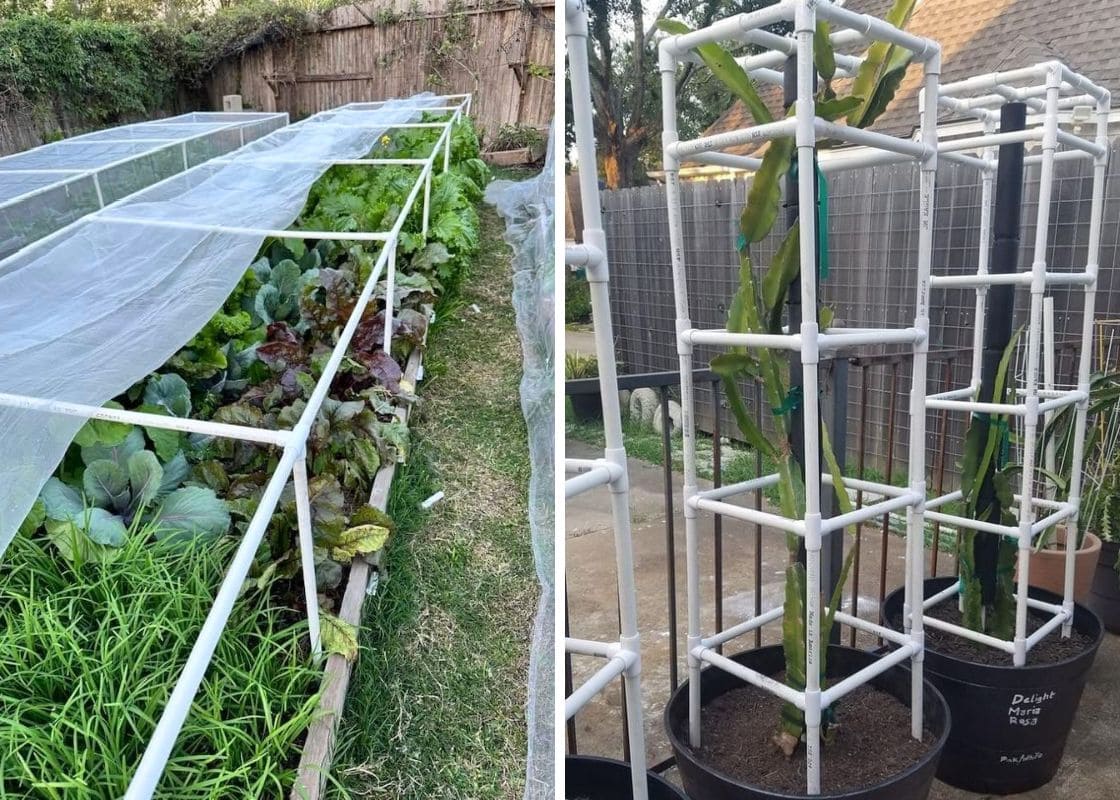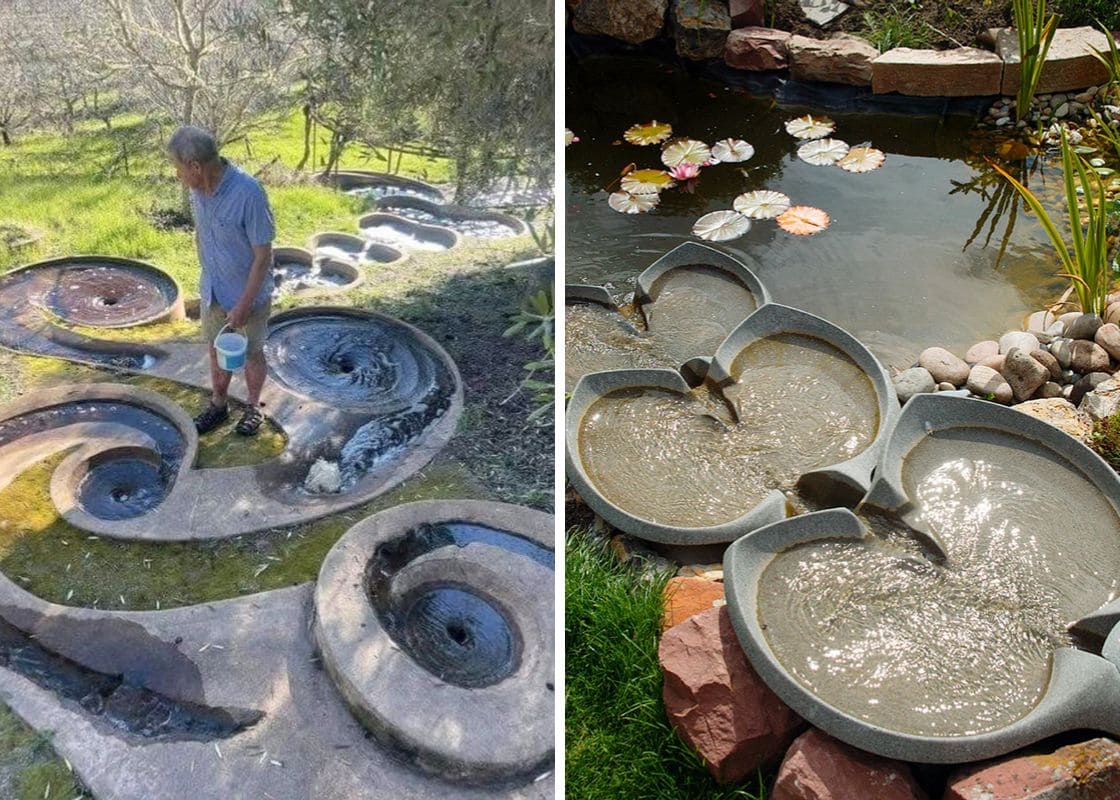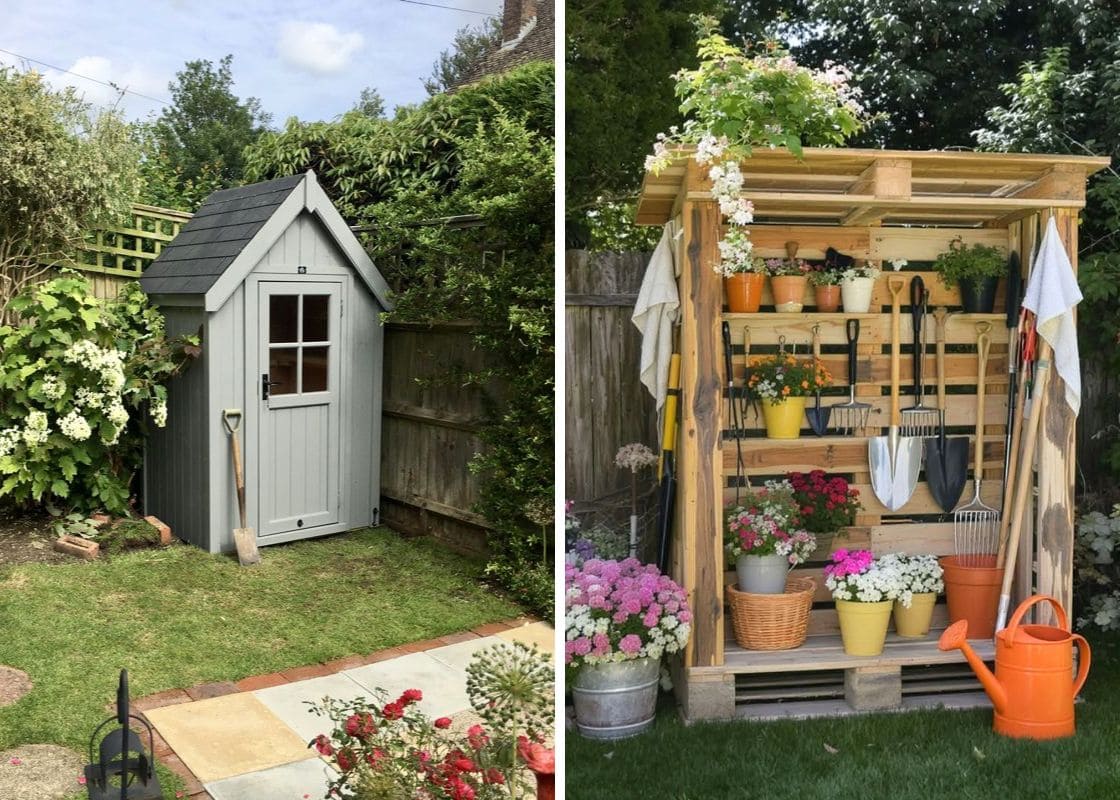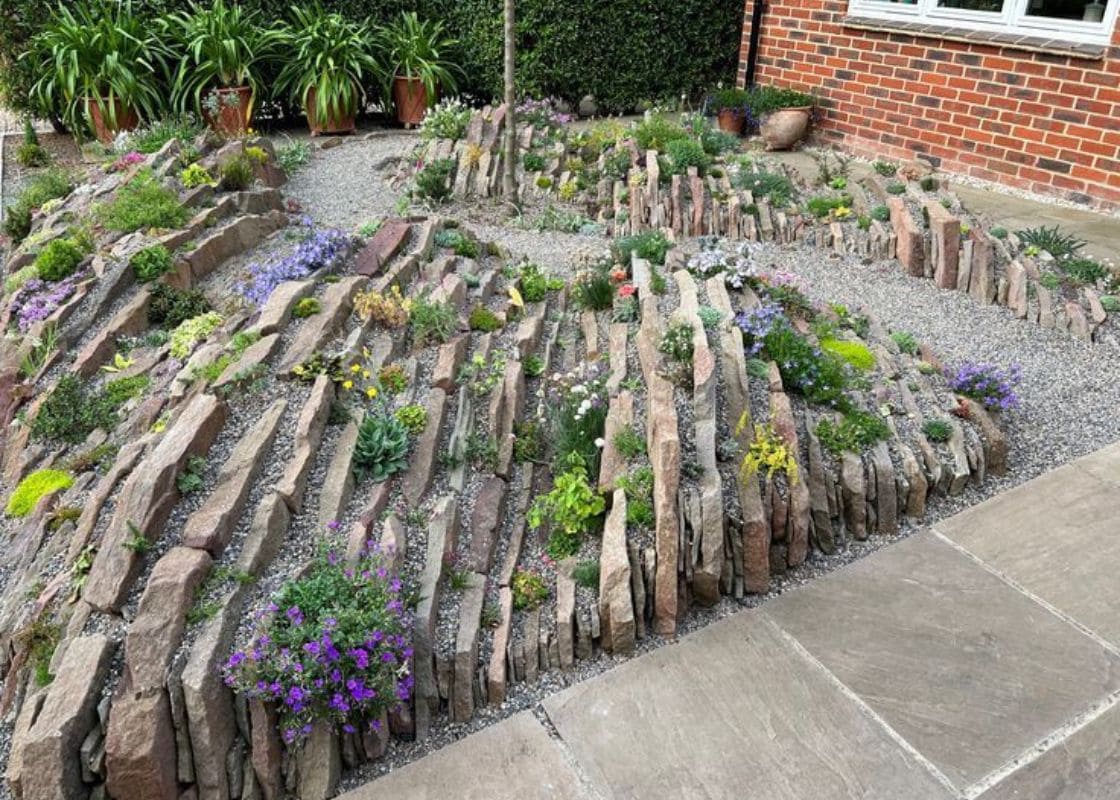If you’re looking to maximize space and create a thriving, flavorful garden, consider planting herbs together in a pot.
When herbs with similar growing conditions are paired, they can enhance each other’s growth and simplify your gardening efforts.
This method not only saves space but also provides a continuous supply of fresh flavors for your culinary creations.
Basil and Oregano
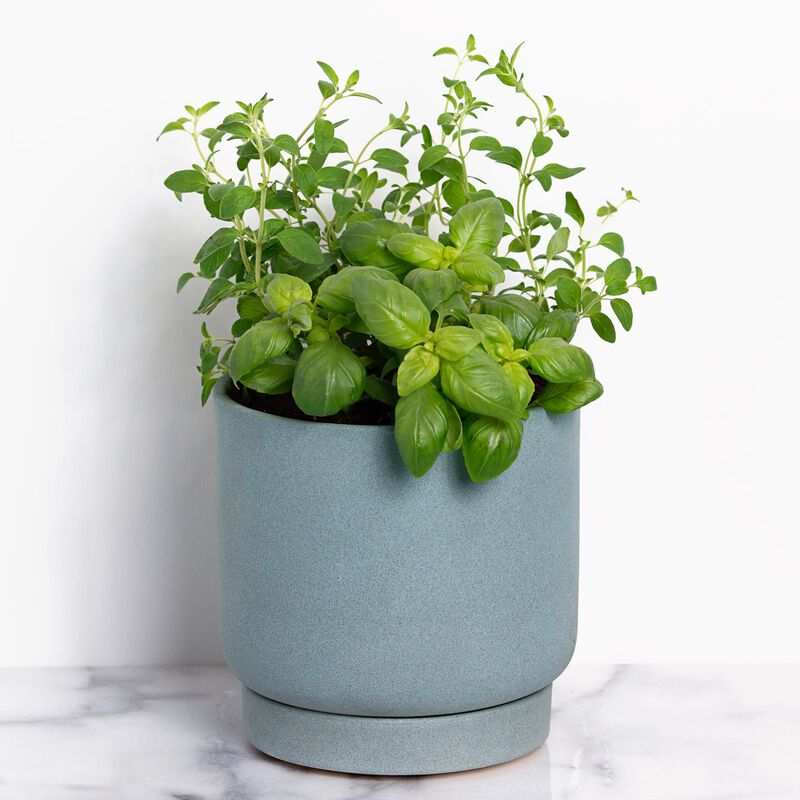
Basil and oregano love full sun and well-drained soil. They also have similar water needs, so you won’t have to worry about one plant getting too much or too little water.
These herbs are often used together in Italian and Mediterranean dishes, adding a burst of flavor to sauces, soups, and salads.
When planting them together, make sure to give each plant enough space to grow. Basil can grow up to 2 feet tall, while oregano can spread out up to 2-3 feet wide.
Thyme and Rosemary
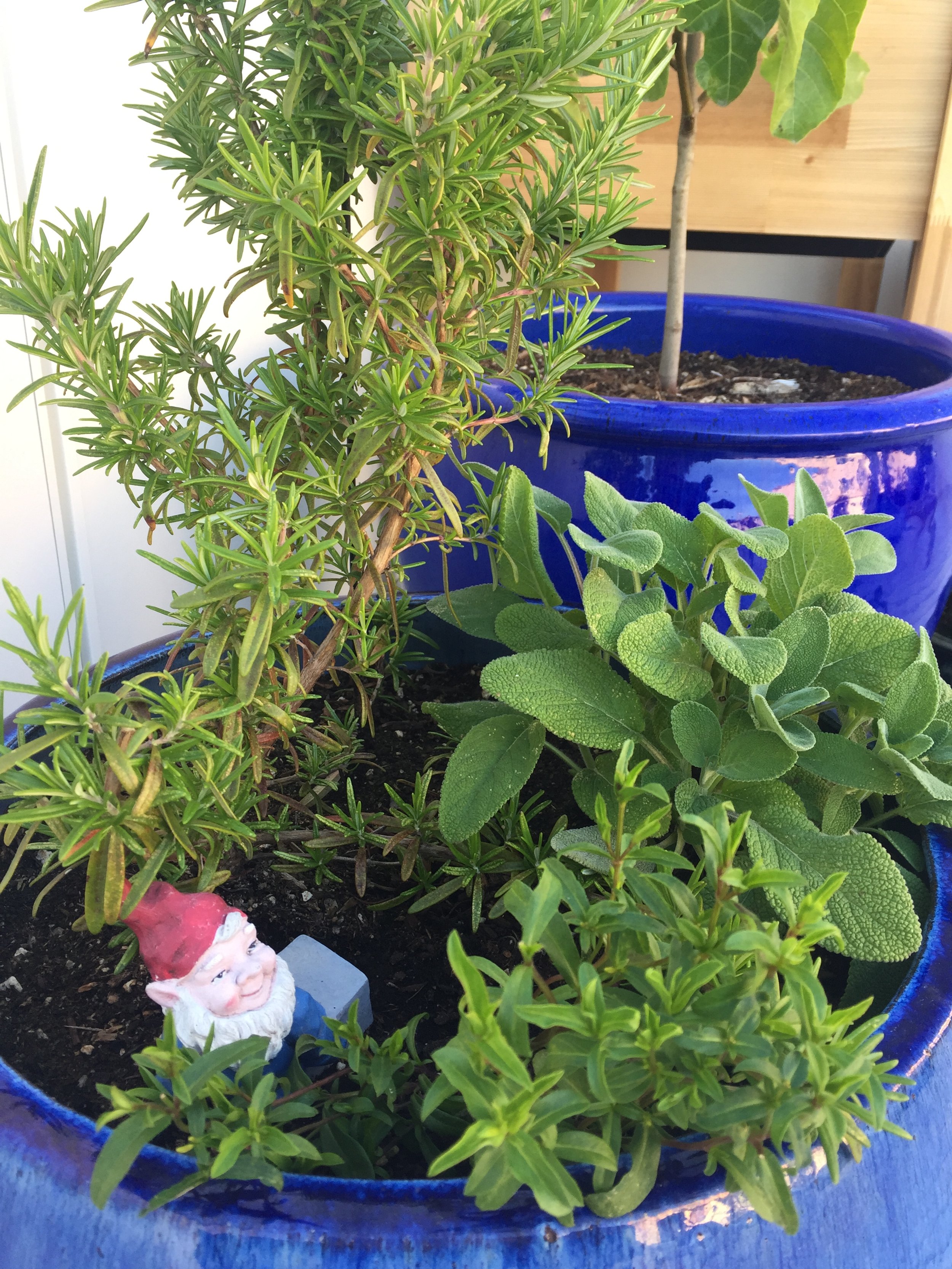
Both of these Mediterranean herbs love full sun and well-drained soil. They also have similar watering needs.
Thyme has a mild flavor that pairs well with many dishes, while rosemary offers a more robust, pine-like taste.
Additionally, these herbs are perennials, meaning they will come back year after year, providing you with fresh flavors for a long time.
Parsley and Chives
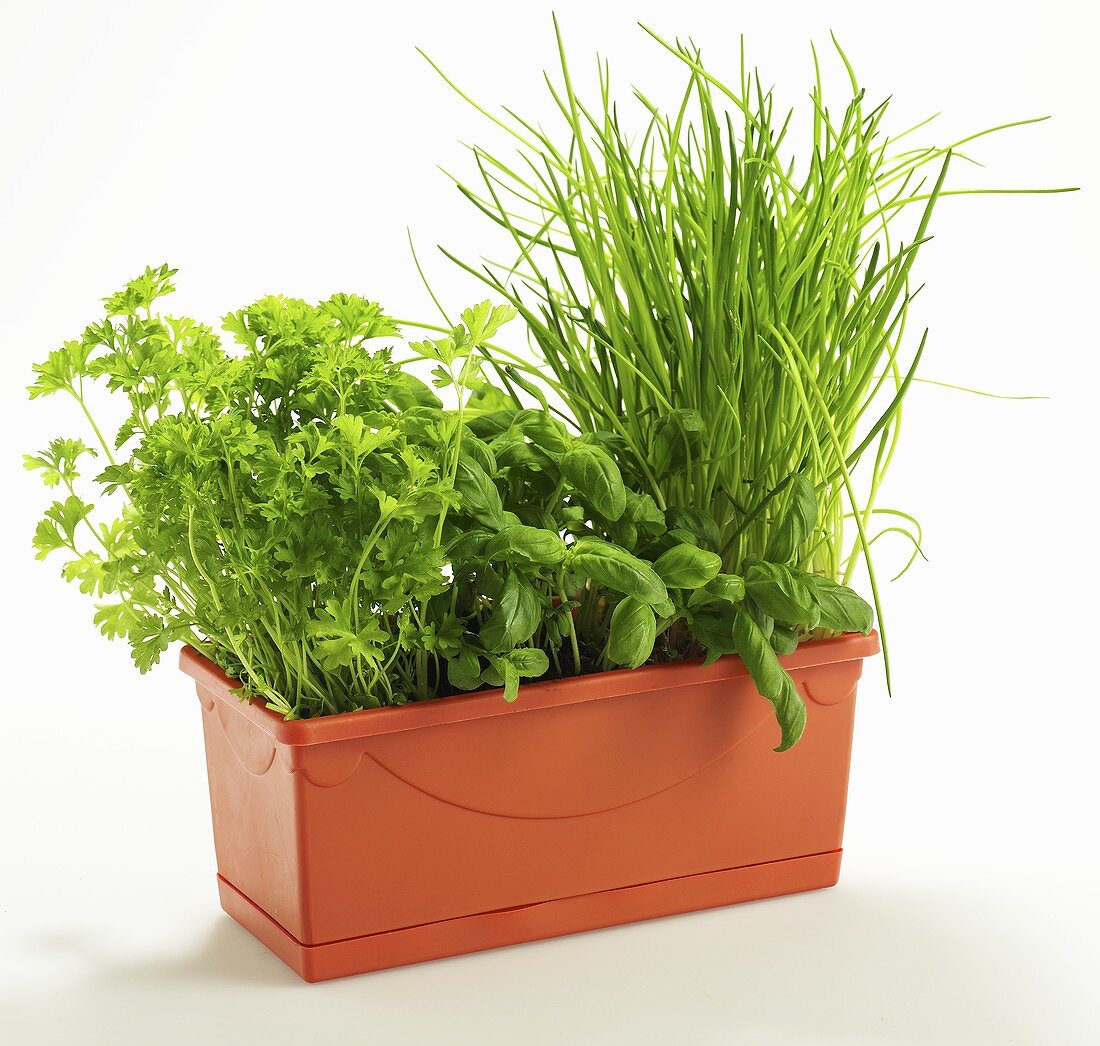
Parsley and chives thrive in well-drained soil and need regular watering to keep the soil moist but not waterlogged.
These herbs not only grow well together but also complement each other in the kitchen. Parsley has a fresh, slightly peppery flavor, while chives offer a mild onion taste.
Additionally, chives are known to repel aphids, which can be beneficial for parsley. This natural pest control makes them a smart combination for any herb garden.
Mint and Lemon Balm

Mint and lemon balm are known for their refreshing flavors and can be used in a variety of dishes and drinks.
Together, they can create a delightful mix for teas, salads, and desserts. These herbs also share similar growing needs, making them easy to care for when planted together.
However, be cautious with mint as it can spread quickly and take over the pot. Regular pruning can help keep it in check.
Cilantro and Dill
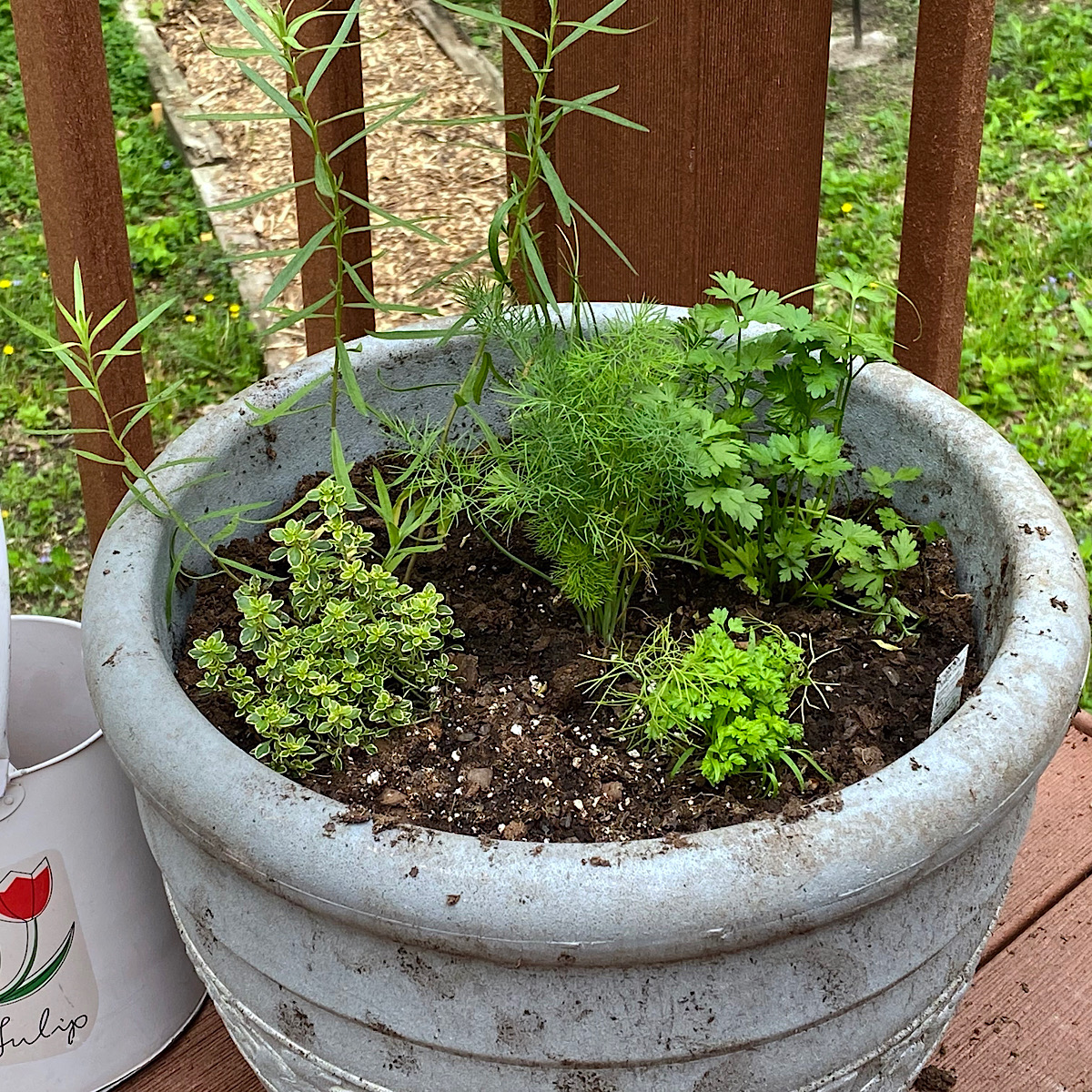
Cilantro and dill prefer partial shade to full sun, so placing them in a spot that gets a mix of both will keep them happy.
Cilantro has a fresh, citrusy flavor that is often used in Mexican and Asian dishes. In contrast, dill has a tangy, slightly sweet taste that pairs well with fish and other seafood.
Besides, dill attracts beneficial insects like ladybugs and lacewings, which can help keep pests away from cilantro.
Sage and Lavender
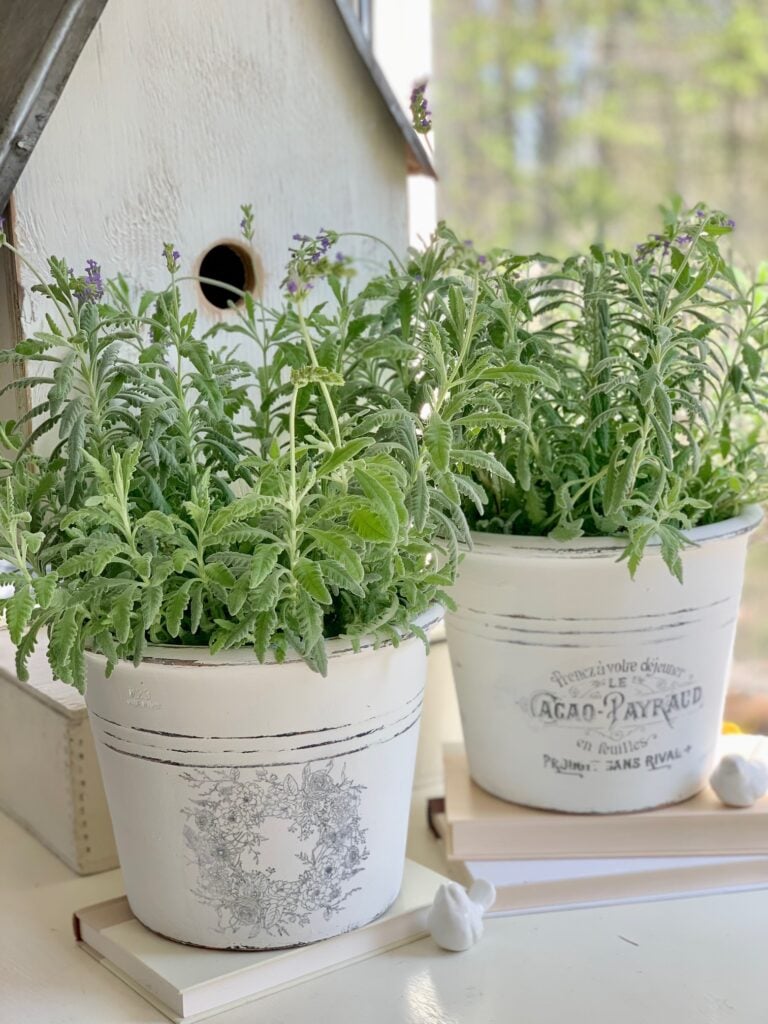
Sage is known for its earthy flavor and is often used in savory dishes, while lavender adds a sweet, floral note to desserts and teas.
When planted together, they not only thrive but also help repel pests like mosquitoes and flies, making your garden healthier and more enjoyable.
Plus, both herbs are perennials, meaning they will come back year after year, providing you with a long-lasting and beautiful herb garden.
Tarragon and Chervil
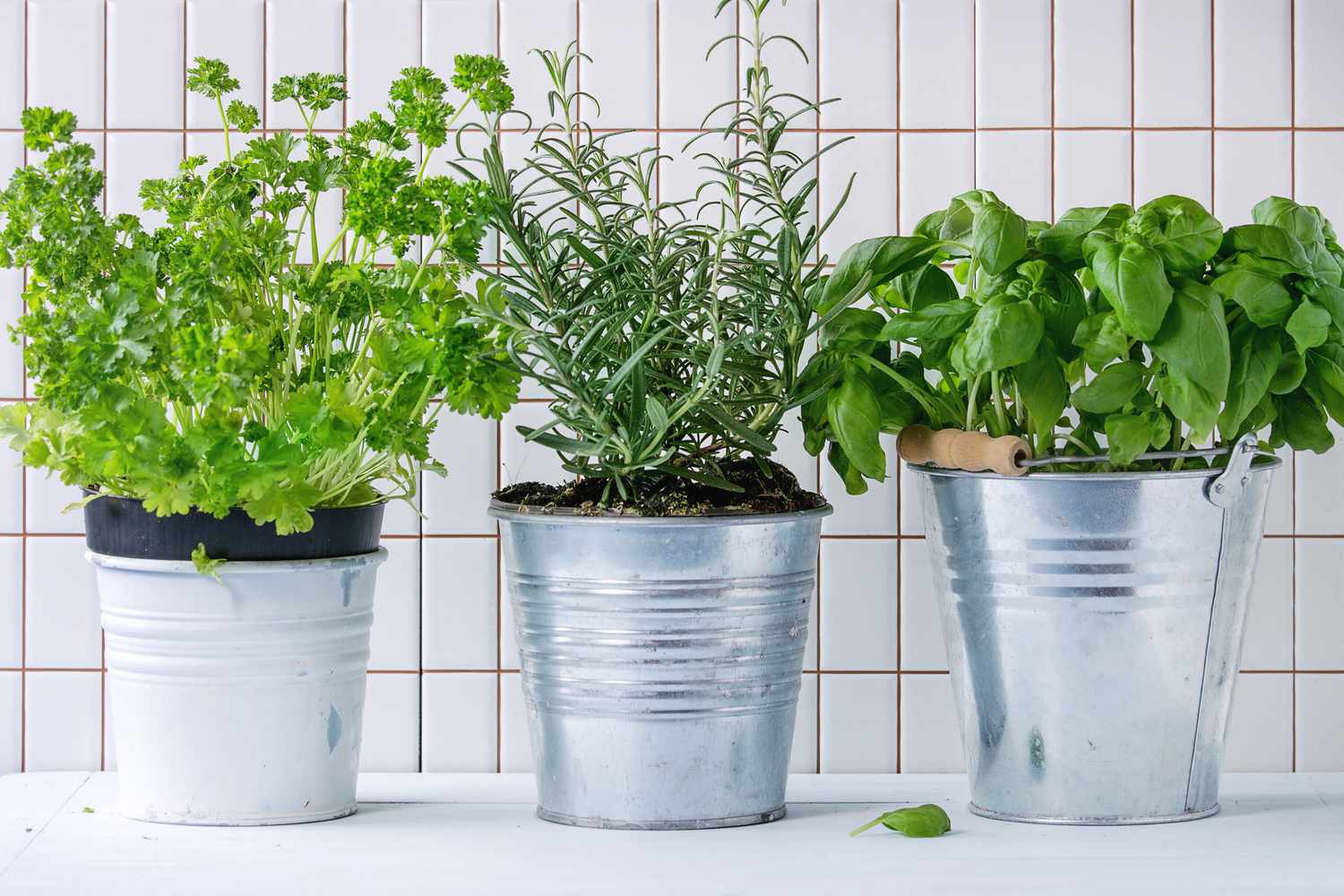
Tarragon and chervil enjoy similar growing conditions, thriving in partial shade and well-drained soil.
Tarragon, with its slightly licorice-like flavor, complements the mild, parsley-like taste of chervil.
These herbs are often used together in French cuisine, especially in sauces and soups.
Marjoram and Summer Savory
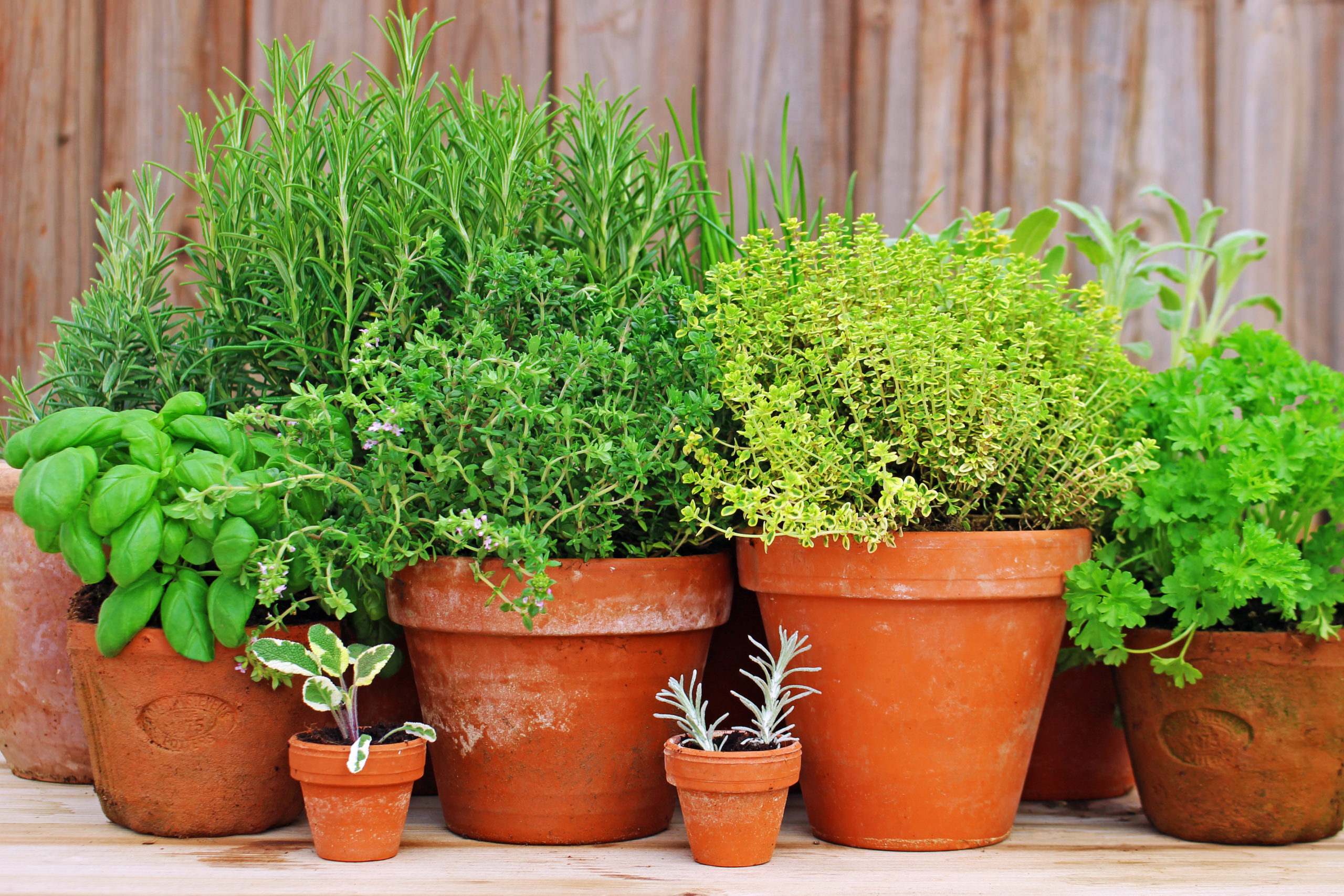
Marjoram and summer savory prefer full sun and well-drained soil. Marjoram has a sweet, mild flavor, while summer savory offers a peppery taste.
When used together, they can add a delightful complexity to your dishes, especially in soups, stews, and meat recipes.
Additionally, both herbs can attract beneficial insects to your garden, helping to keep pests at bay.
Fennel and Dill
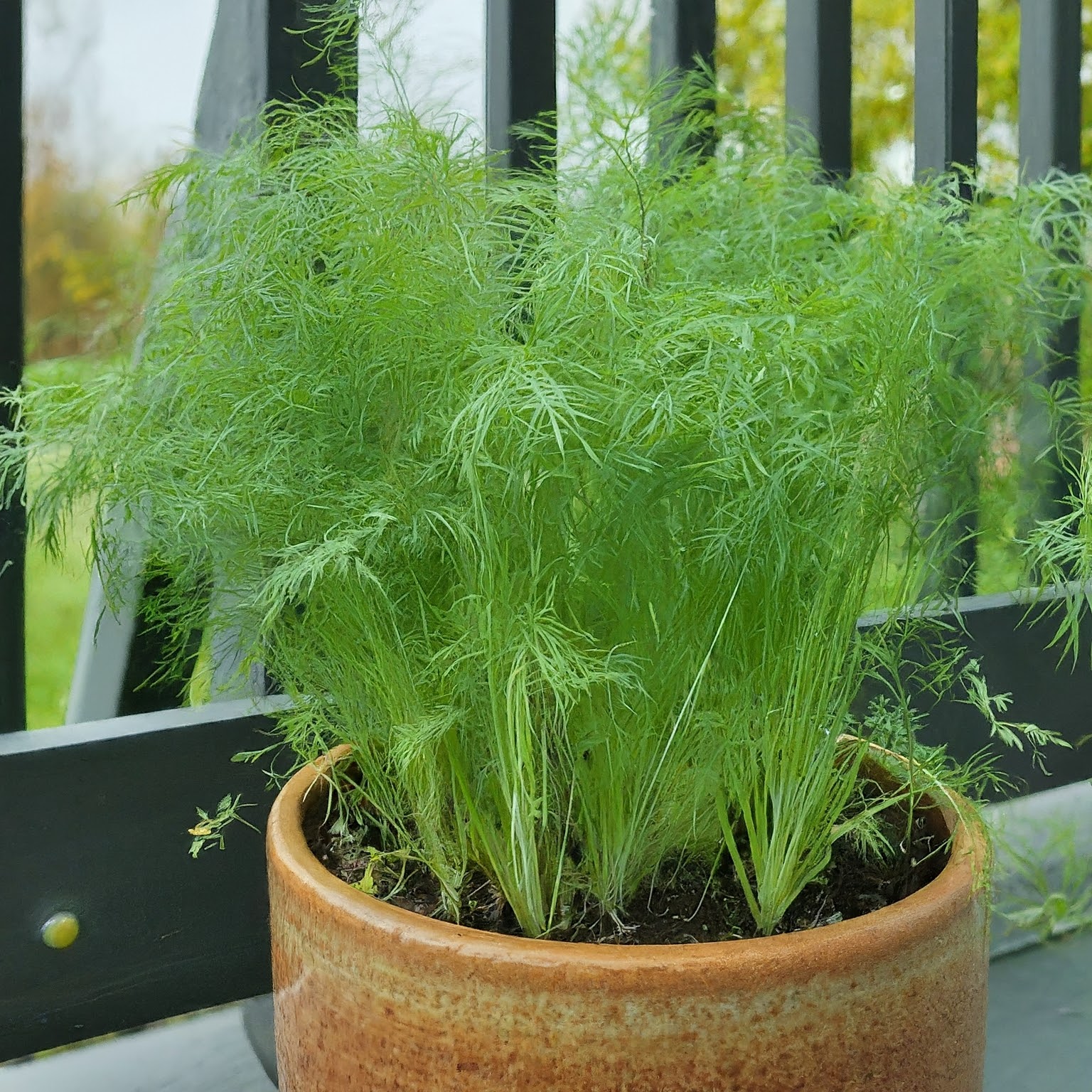
Fennel and dill enjoy similar growing conditions, such as well-draining soil and plenty of sunlight.
These plants can grow quite tall, reaching up to four feet, which can create a striking vertical display in your garden.
Additionally, dill attracts beneficial insects like ladybugs and lacewings, which help keep pests away from fennel.
Basil and Cilantro

Basil and cilantro thrive in similar conditions. Basil has a sweet, slightly spicy flavor, while cilantro offers a bright, citrusy taste.
When used together, they can create a complex flavor profile that enhances many dishes, such as salads, soups, and pasta.
Additionally, basil can help repel pests like mosquitoes and flies, while cilantro attracts beneficial insects like ladybugs and hoverflies.
